有些人读书能事半功倍,有些人读书却事倍功半,其差别,主要在于是否能掌握读书方法。SQ3R方法是一种提升研习能力的方法,为美国俄亥俄州州立大学心理学教授罗宾逊(F. P. Robinson)所设计的一套有效读书方法,于1946年在他的著作Effective Study有所提及,主要用于精读课文。
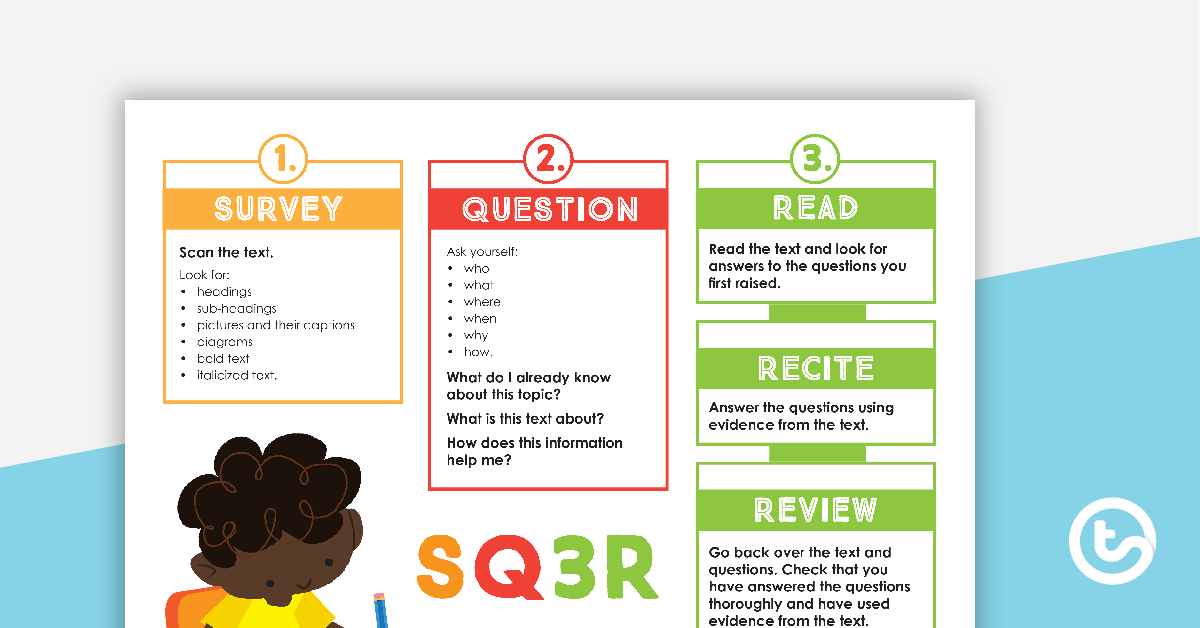
“SQ3R”来自以下五个英语词语的字首,即:概览(Survey)、提问(Question)、精读(Read)、背诵(Recite)、复习(Review)。
(一)概览(Survey)
所谓概览是指先将我们要研读的范围迅速、概略地浏览一遍。概览时注意书名、作者、出版日期、前文、序言、目录、附录、参考书目、索引等以了解全书的大要。然后迅速略读内容,注意其章节的分法,如每章有简介或总结,更不可忽略。如此可获得对该书的粗浅印象。此外,注意它的图表与标题,从其大标题、小标题、正体字、粗体字的不同来区分它们的重要等级。再者,注意阅读第一段及最后一段。因为第一段通常会说明全篇的主旨,最后一段通常是全篇的摘要或总结。
(二)发问(Question)
当你概览之后,试着自发的提出问题,把篇名、章节标题、及其他关键词转变成基本问题。你可以用「谁」、「什么」、「何时」、「何处」、或「为何」等疑问词来自我发问。设文章第一个标题为「权力的本质」,你就自问「什么是权力的本质」。
(三)精读(Read)
在发问之后,你必须透过主动的、批判的阅读,试着找出它的答案。当你碰到某细节或段落里的主要概念,有助于解答你所提出的问题,你可以划重点、做眉批、或用荧光笔做记号以加强印象。以下是划重点的原则:
(1)读完一个段落后再划重点。假如边读边划重点,你后来会发现有些重点其实并不重要。
(2)不要划太多重点。在书上划太多重点,反而看不出重点所在。原则上每页所划的重点不能超过该页信息的百分之二十。
(3)划重点有助于你做读书笔记。
(4)用双线、曲线或黄色荧光笔把最主要的概念划出来,每段只划一个最主要的概念,并且只在其关键点划线即可。假如主要概念分散在數段,可用1,2,3 等數字加以标示,以利记忆。
(5)用单线划重要细节。通常每段不要划两个以上的重要细节,而且只在其关键点划线即可。
(6)对于最重要的概念可在书中空白处用星处「*」加以标示,以利于复习。
(7)重要的学术名词的定义可用圆圈注记。
(8)重要的细节如举例、因果、步骤、特征等可在书中边缘处用「例」、「因」、「果」、「步骤」、「特征」等字词加以注记,以利查考。
(四)背诵(Recite)
在你读完每一节后,暂时離开书本,试着向自己背诵教材的重点。用你自己的话或文字,将文中有关的问题的答案背诵出来。背诵时如有困难可以回头重读,一直到能背诵出重点为止。背诵时不妨大声念出来或写在笔记上,如此可加深印象,有助于长期记忆。笔记的形式可依问题一一解答,或依纲要、图表等形式来撰写。在完成一节之背诵后,你可依此法继续进行后面的章节。当全部完成后再重读原文一次,以检查笔记有无疏漏。
(五)复习(Review)
当你依上述步骤完成整篇的学习之后,可以开始作总复习。复习时包括你的课文眉批、重点、笔记、纲要与图表。复习最好在平时定期进行,不要到考前才临时抱佛脚。复习的步骤,首先重读每章标题,试着回忆重点,然后参照笔记,将记忆模糊、未理解的部份,对照原书,再重读一次。其次,复习每一节,就自己的笔记、书中标题与摘要迅速复习。
SQ3R随后开发的类似方法包括PQRST和KWL表。

SQ3R & CNT Methods
再介绍一种学习姿势——SQ3R & CNT Methods,就是将SQ3R方法和CNT方法相结合。

CNT方法指康奈尔笔记系统(CNTS),是由康奈尔大学教授沃尔特·帕克(Walter Pauk)在2007年的40年前开发设计的,作为一种在记录有组织且有用的笔记的方法,帮助学生“更好地组织笔记” 。
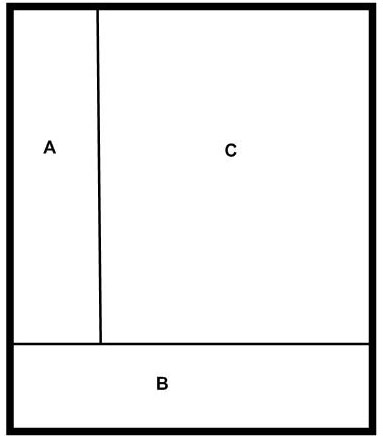
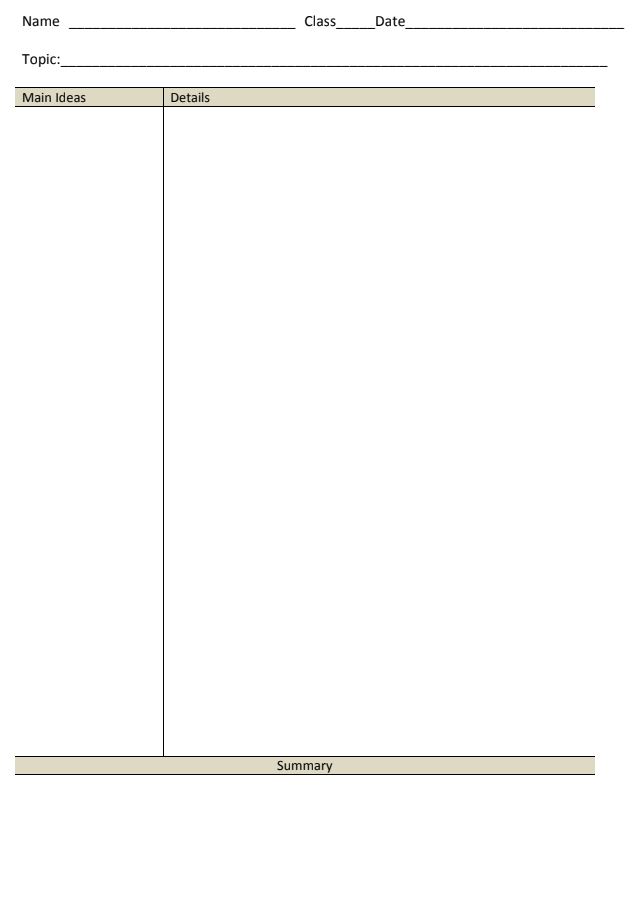
CNTS的基础是将论文分为三个部分:C部分是大部分内容所在的地方,A部分是要提问的地方,B部分是从A和C部分总结内容的地方。
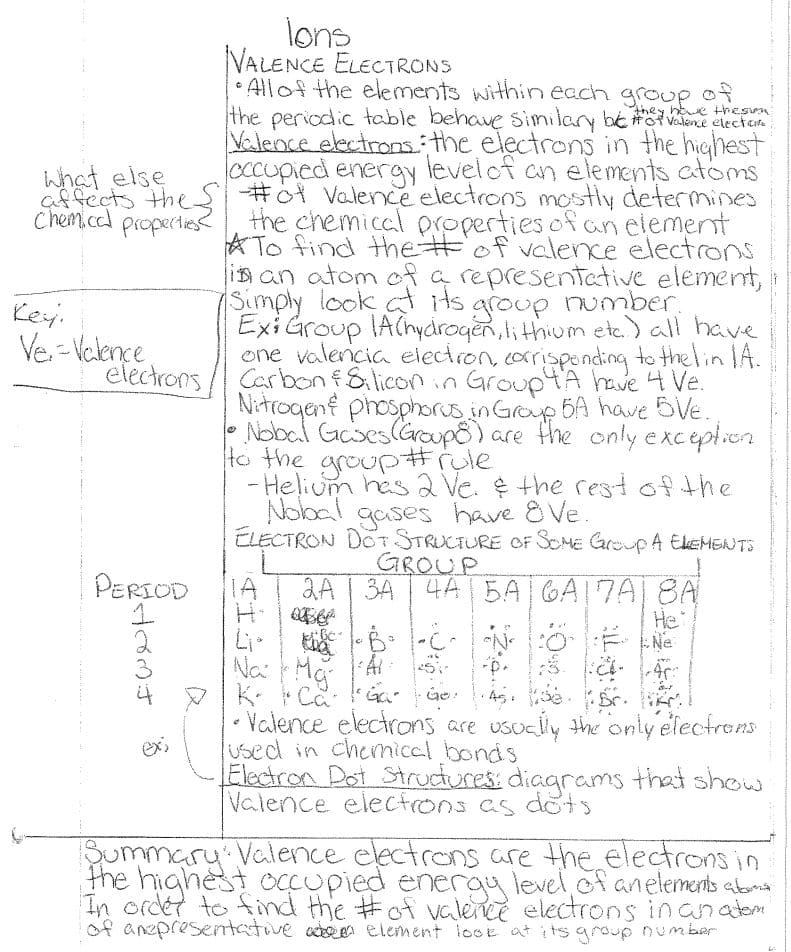
康奈尔大学在线学习策略中心提供Canvas笔记模块,该模块将交互式地指导您使用Cornell Notes的方法。
在一份在线文档(引用来源)中,详细介绍了The Cornell Note Taking System(CNTS)的内容:
The “Record” section was used to record as many facts as a person can write within a six inch column. The notes in this section are not expected to be concise, nor are the notes to be grammatically correct. It is important to short-note within the area provided. After the presentation of information, the student reviews the notes and fills in any blanks, or corrects any confusing areas.
Within the “Reduce” step, the student wrote in key words, phrases or questions that will serve as cues for the notes taken in class. These cues are written using words that will benefit the individual when reviewing the notes. In addition, questions were entered in the left hand column that helped clarify ideas.
The “Recite” step was one of the most powerful processes of the CNTS. At this step, the student stated the facts and ideas that are trying to be learned out loud. This step was different from the usual study style where notes were re-read because the student spoke the ideas and information outloud rather than relying solely on reading. The purpose of stating ideas outloud was to challenge the individual to think about what the information truly meant. The recite step required that the data in the right hand column be covered and the cue words and terms listed in the left hand column be used to practice reciting the expanded details relating to those words. Should the individual not be able to remember specifics as related to the cue word, uncovering the data in the right hand column allowed the individual to easily retrieve that information.
The “Reflect” or reflection step was where the student thought about the information learned. Learning was reinforced for the individual by relating facts and ideas to other ideas. During this step, questions were asked such as , “How do these facts and ideas fit into what I already know? How can I apply them? How is knowing this important?”(McDowell, 2006). Information and notes presented became reality for the student in that, at this point, it was recognized how information learned was beneficial to them.
The “Review” step was used to help prevent forgetting information learned. The student used the notes that have been taken and reviewed those frequently. It was recommended that the notes be reviewed nightly. It was important that the student reviewed the notes, not re-read them. In this instance, reviewing meant to look over important details and the summary; re-reading meant to re-read the entire set of notes taken. This step helped with the retention of information presented for a longer period of time.
The final step in the CNTS was “Recapitulate”. The recapitulate section was found at the bottom of the note page and summarized the notes taken as well as integrated the information written. The summarization of information was intended to be a summary of key points and ideas written by the individual using language that was easily understood. The summarizations were not notes that were re-written verbatim. This step occurred after the lecture and other steps had been concluded (McDowell, 2006, Pauk, 1997).
SOAR
尽管研究人员长期以来一直在研究改善学习习惯和提高成绩的方法,但很少有研究将学习策略系统相互比较。这项研究直接比较了SQ3R和SOAR,以确定哪种方法最有效。结果证实,使用SOAR系统的学生表现优于使用SQ3R系统的学生,并且学习的人际关系多20%,事实多14%,概念多13%。

SOAR是内布拉斯加大学林肯分校(University of Nebraska–Lincoln)教育与人文学院教育心理学教授肯内特·A·基瓦拉(KENNETH A.KIEWRA)博士开发的一种教学方法。它是首字母缩写词,代表四个组成部分:选择,组织,关联和监管(Select, Organize, Associate, and Regulate)。
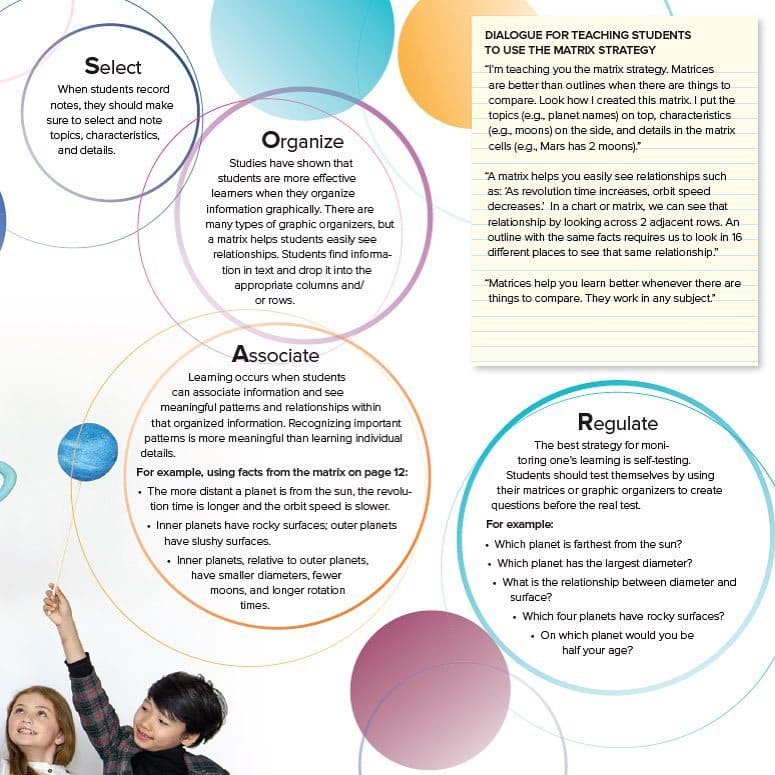
要学习,学生必须选择重要的想法(通常通过记笔记),组织它们(通常使用图表和图表之类的图形组织器),将它们相互关联(彼此和以前获得的知识)以及规范学习(通常通过实践测试) 。
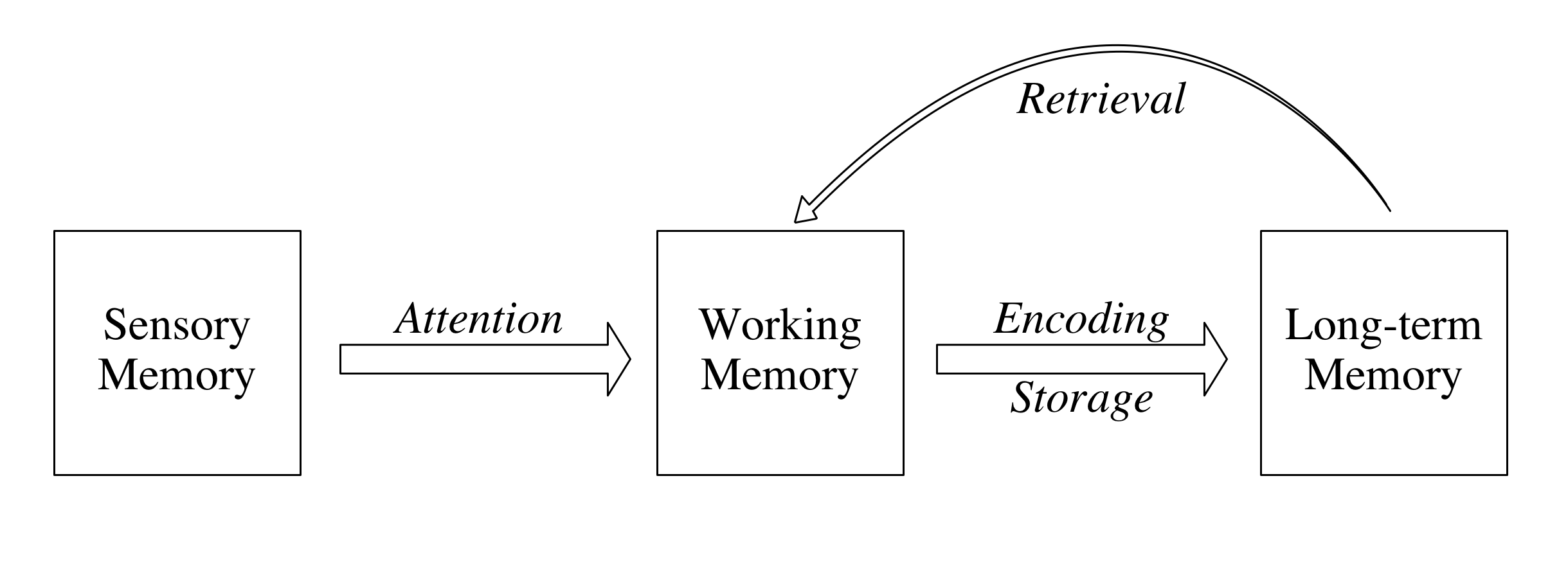
SOAR的项目链接及《The SOAR Method》这篇文章对SOAR方法都有示例说明。
参考资源:
https://ctld.ntu.edu.tw/fd/teaching_resource/page1-1_detail.php?bgid=2&gid=18&nid=311
https://en.wikipedia.org/wiki/SQ3R
https://www.youtube.com/watch?v=0dhcSP_Myjg
https://en.wikipedia.org/wiki/KWL_table
https://en.wikipedia.org/wiki/Study_skills



楼主残忍的关闭了评论